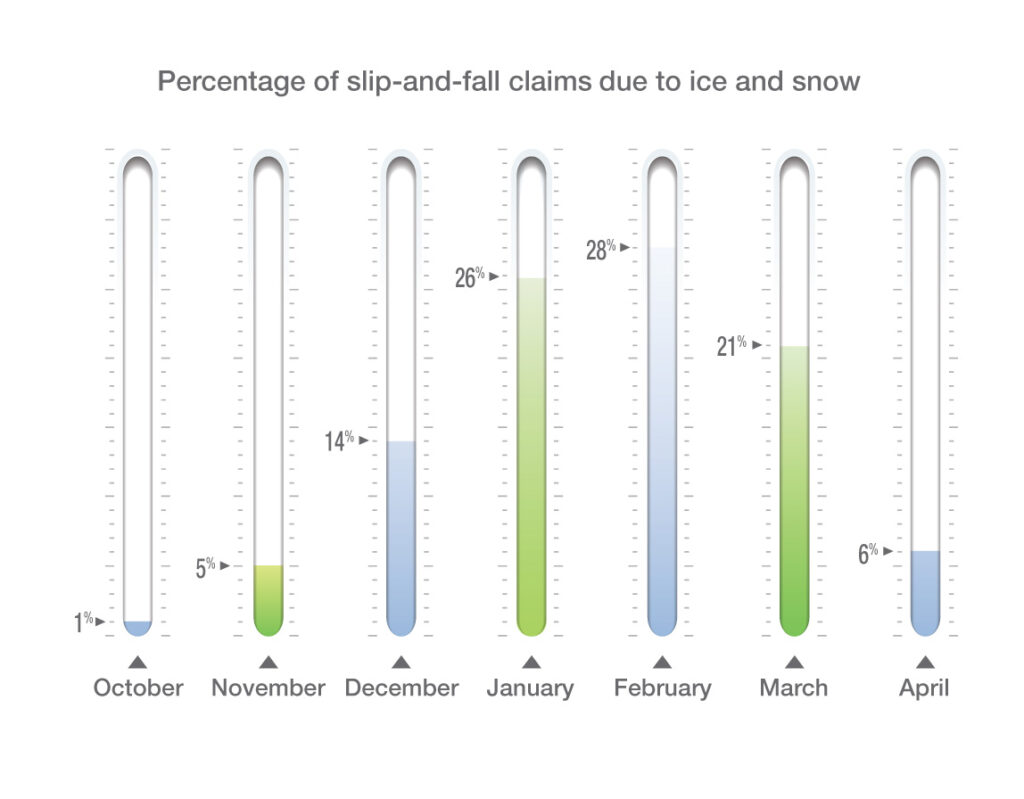A strong safety culture starts with a high level of safety awareness among your employees. Getting there requires consistent, effective communication between leadership and front-line workers.
When communicating with employees about safety, leaders should start by explaining why it’s important to your organization — that leadership cares about its employees, and your culture is one where coworkers care about each other.
“The employees don’t care how much you know until they know how much you care about them personally,” said SFM Loss Prevention Specialist Steve Lichtenberg. “Lead with passion and build a rapport with the employees.”
Tips for high-impact safety training
Newer employees are at the highest risk for injuries, so it’s important to start providing safety training right away with new employee orientation. After that, plan on regular check-ins and recurring training throughout that first year and continuing during the tenure of their employment.
For ongoing safety training, it can be helpful to create a training topic checklist to follow throughout the year. To get a complete picture of the hazard exposures employees have, the training schedule should include:
- High hazards
- Loss trends
- Near miss and incident-only reporting
- Compliance
If possible, try to offer training frequently in smaller segments, as employees tend to lose focus over long sessions.
Variety is key with recurring training to keep staff engaged and help boost understanding, and the educational method used to train can have an impact on the effectiveness of each training session, according to SFM Senior Loss Prevention Representative Sara Cooper.
Safety training methods from most to least effective
Our safety professionals ranked common safety training methods from most to least effective in terms of employee understanding and retention. It’s important to note that everyone learns differently, so it’s best to use a variety of the listed methods.
- On the job training: Employees first hear, then see, then do
- Train the trainer: Being trained to teach someone else
- Job shadowing: Learning from a fellow employee
- Toolbox talks: Leading short safety talks regularly
- Computer-based training: While efficient, employees can’t ask questions
- Lecture: Good for relaying a small amount of information to a large group
Techniques for safety conversations
Formal safety training is important, but it’s also important to try to work conversations about safety in throughout the workday. It may take some practice at first, and it pays to be intentional.
SFM Loss Prevention Specialist Mike Fetting recommends a few types of safety conversations to have on a regular basis:
The walk around conversation – In this conversation an employee and supervisor might talk about the employee’s goals and plans for safety. The supervisor could also ask the employee what safety measures the organization does well and what needs improving.
The safety feedback conversation – These can be quick compliments to an employee on a job well done with a follow up question about how the employee made it happen.
The “why I care about safety” conversation – This tends to be very personal. Some examples include an employee’s past work experience, a family member’s safety experience, or simply that the individual cares about their coworkers.
Modified Gemba Walk – Drawing on a Lean management philosophy technique, this conversation starts by visiting an employee at their workstation and trying to learn a task. That can be done by watching them do the work, asking questions about how the task is done, and if a potential hazard is identified, asking the individual why they do the task that way. The idea here is that a safety manager or supervisor can better understand the job and process if they interact with the employee and try to see things from their perspective.
During your conversations, be sure to take the opportunity to learn from your employee.
“When it comes to safety conversations with employees, listening more and talking less can sometimes be the best approach,” Fetting said.
Encourage employee feedback
Communication is a two-way street and getting feedback from employees at all levels of the company is an important part of an effective safety program. Encouraging safety feedback starts with trust. Employees need confidence in leadership to act on feedback they provide, and they need to trust their coworkers to speak up when they observe safety concerns.
Safety leaders can encourage employee feedback by:
- Promoting hazard reporting
- Implementing near miss reporting
- Adding a suggestion box for indirect feedback
- Making it safe to speak up (no negative repercussions for reporting hazards or unsafe behaviors)
Once an employee provides feedback, follow up in several ways:
- Thank the employee for their feedback and acknowledge their concern
- Work to understand the situation better by going back to the employee and getting more information
- Investigate quickly
- Provide timely assessments or answers for every report or suggestion, regardless of whether you were able to make changes
- Share any safety changes made with the company by email or newsletter and celebrate the successful use of the reporting process
- Reward the employee for their effort
Safety training and communication play a fundamental role in a successful loss prevention program. To get safety resources and learn more about building a loss prevention program visit the Safety page or reach out to your SFM loss prevention representative.

